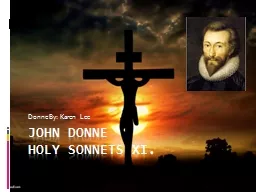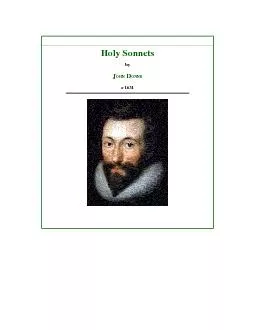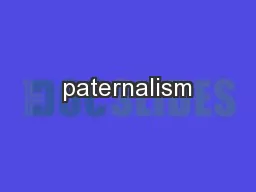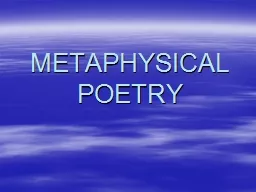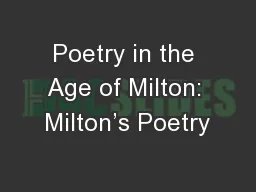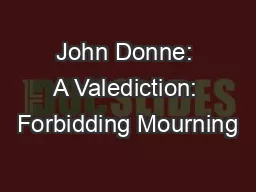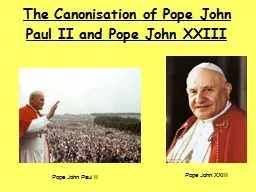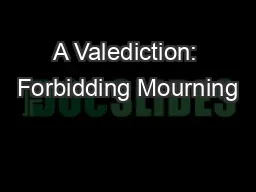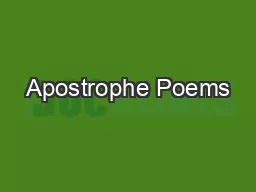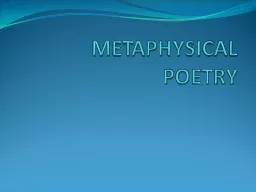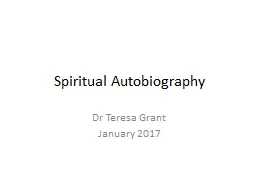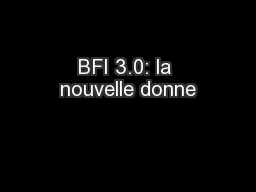PPT-John Donne
Author : debby-jeon | Published Date : 2017-07-17
Holy Sonnets XI Donne By Karen Lee Background John Donne was born in the midst of probably the largest religious upheaval in Englands history Born to a Catholic
Presentation Embed Code
Download Presentation
Download Presentation The PPT/PDF document "John Donne" is the property of its rightful owner. Permission is granted to download and print the materials on this website for personal, non-commercial use only, and to display it on your personal computer provided you do not modify the materials and that you retain all copyright notices contained in the materials. By downloading content from our website, you accept the terms of this agreement.
John Donne: Transcript
Download Rules Of Document
"John Donne"The content belongs to its owner. You may download and print it for personal use, without modification, and keep all copyright notices. By downloading, you agree to these terms.
Related Documents

